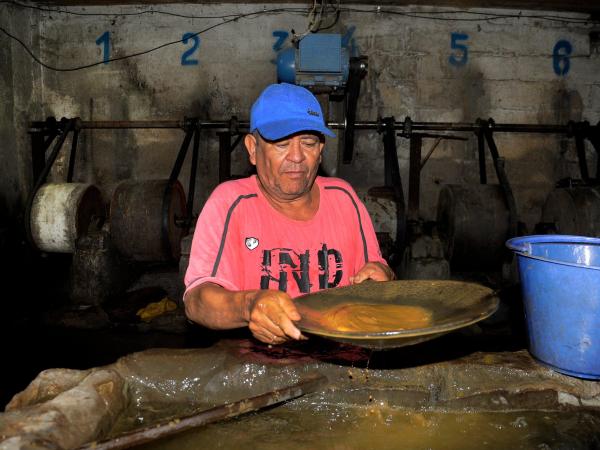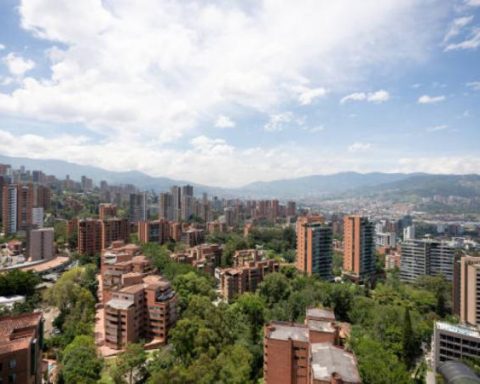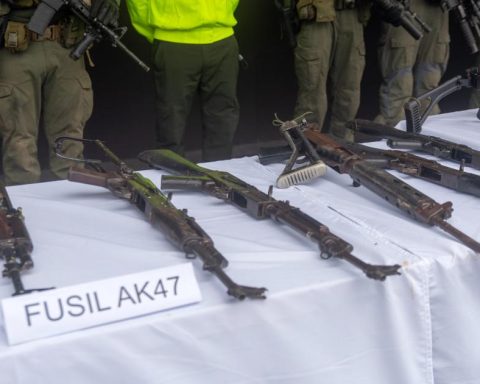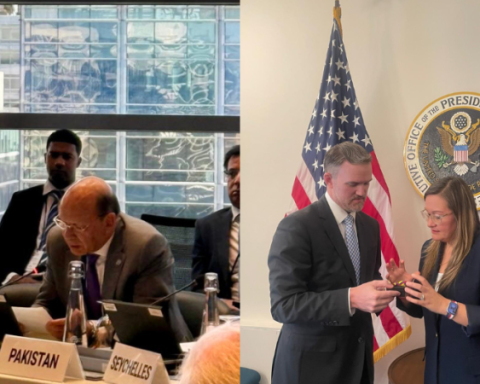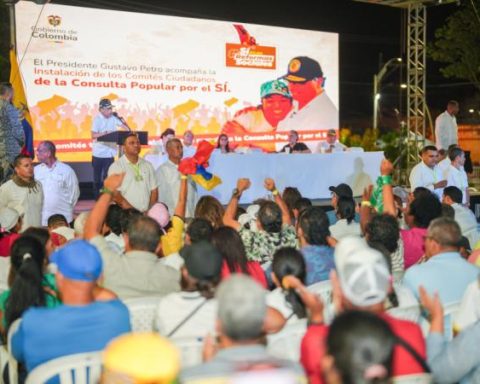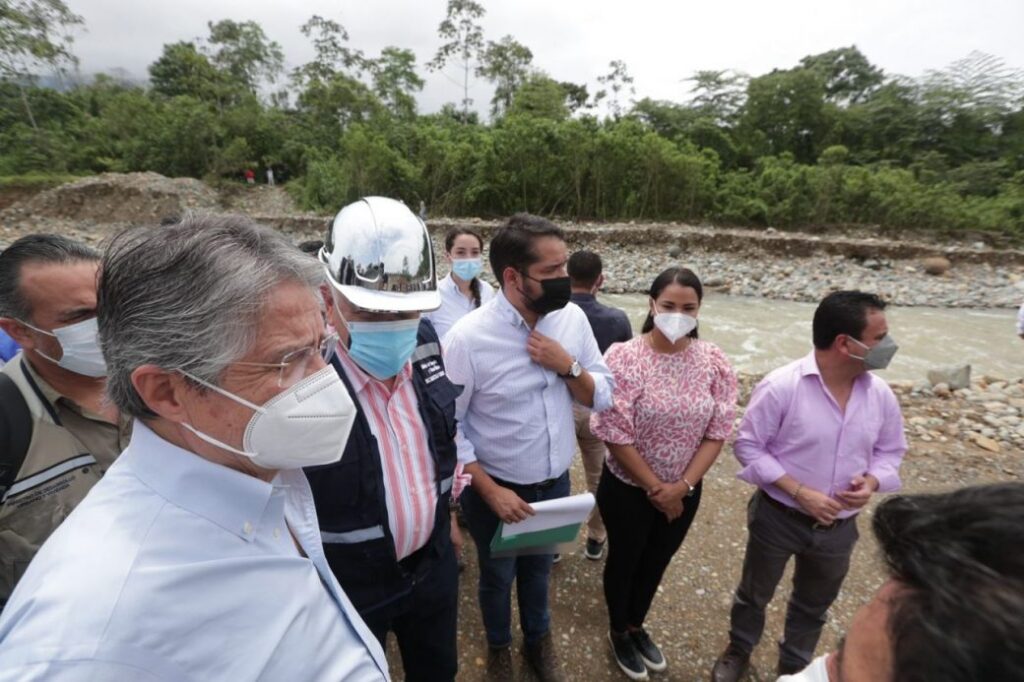
The ancestral and artisanal miningwhich is practiced today in some regions of the country, could be declared as cultural heritage of the Nation.
The initiative is led by the Dialogue Group on Mining in Colombia (Gdiam), and has the support of the Ministry of Mines and Energy and thirteen organizations of ancestral artisanal miners and ethnic-territorial organizations. from Antioquia, Cauca, Chocó and Caldas.
(Read: They prepare a new mine for the extraction of copper in the country).
Thus, the working group, managed by the geologist Cristina Echavarría and the anthropologist Neyla Castillo, is working so that the Ancestral Artisanal Mining (MIAA) of precious metals is included in the Representative List of the Intangible Cultural Heritage of Colombia (LRPCI).
“There is talk of artisanal mining, it is because it is practiced with manual equipment without the presence of machines, as is the case of barequeo, and ancestral because the development of the trade as such has been transmitted from generation to generation, from grandparents to parents, and from parents to children”, explained Echavarria.
The geologist added that, in addition, this work “is loaded with a series of geographical knowledge about rivers and territories, which implicitly carry cultural values, the basis of a logic, which is not business, but rather social resilience of the communities”.
Subsistence mining is the formal practice of the barequeros in the hydrographic basins
Another reason for carrying out the initiative is that the barequeo It is not practiced exclusively, since ancestral and artisanal miners combine it with other economic activities in order to have a more robust family income.
(What’s more: Slight drop in the number of oil drilling in January).
For the Gdiam, this mining practice must have a differential focus on access to work areas, and on the participation in fair and traceable metal marketsas required by the international market, as a way to revalue the trade, which has been described for many years as non-formal work, sometimes even illegal.
“It is important to distinguish subsistence mining, which is the formal mining carried out by barequeros in many of the country’s watersheds, from the illegal mining that uses machinery and destroys ecosystems.”, highlighted Echavarría.
It specifies that while the illegally produced gold it has other purposes, the metal obtained by the ancestral and artisanal barequeros, who operate under law, has a legal commercialization”.
(Keep reading: The new strategic mining areas in the country for copper).
Another of the tools that the ancestral and artisanal miners have found in the formalization process is the Mining Bancarization Law, which allows them to carry out legal operations in the sale of the extracted gold.
BRIEFCASE
